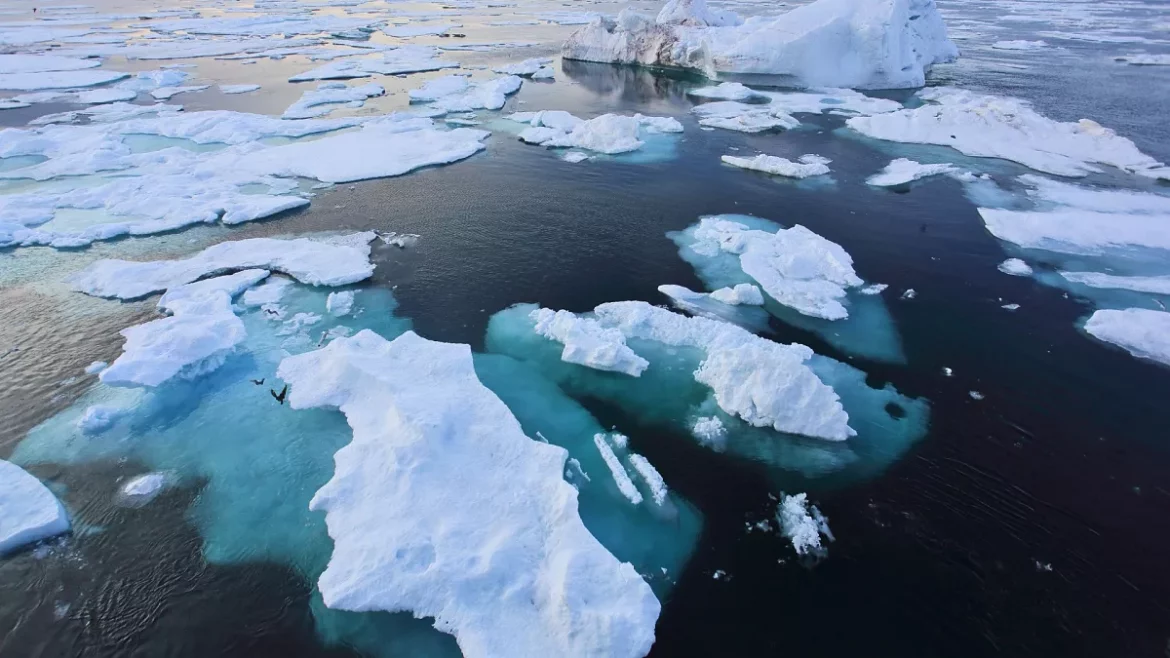The US National Oceanic and Atmospheric Administration (Noaa) said that the Arctic tundra is undergoing a dramatic transformation, driven by frequent wildfires that are turning it into a net source of carbon dioxide emissions after millennia of acting as a carbon sink.
This drastic shift is contained in Noaa’s 2024 Arctic Report Card, which revealed that annual surface air temperatures in the Arctic this year were the second-warmest on record since 1900.
“Our observations now show that the Arctic tundra, which is experiencing warming and increased wildfire, is now emitting more carbon than it stores, which will worsen climate change impacts,” said Rick Spinrad, a Noaa administrator.
The report, which was led by scientists from the Woodwell Climate Research Center in Falmouth, Massachusetts, found that the Arctic is warming faster than the global average for the 11th year in a row.
The authors found that currently, it is warming at up to four times the global rate. Climate warming has dual effects on the Arctic. While it stimulates plant productivity and growth, which remove carbon dioxide from the atmosphere, it also leads to increased surface air temperatures that cause permafrost to thaw.
Read also: Experts warn Small island nations face climate-induced ‘catastrophe’
When permafrost thaws, carbon trapped in the frozen soil is decomposed by microbes and released into the atmosphere as carbon dioxide and methane, two potent greenhouse gases.
“We need accurate, holistic and comprehensive knowledge of how climate changes will affect the amount of carbon the Arctic is taking up and storing, and how much it’s releasing back into the atmosphere, in order to effectively address this crisis,” said Dr Sue Natali, a scientist at the Woodwell Center who contributed to the research. “This report represents a critical step toward quantifying these emissions at scale.”
Human-caused climate change is also intensifying high-latitude wildfires, which have increased in burned area, intensity and associated carbon emissions.
Wildfires not only combust vegetation and soil organic matter, releasing carbon into the atmosphere, but they also strip away insulating soil layers, accelerating long-term permafrost thaw and its associated carbon emissions.
“In recent years, we’ve seen how increasing fire activity from climate change threatens both communities and the carbon stored in permafrost, but now we’re beginning to be able to measure the cumulative impact to the atmosphere, and it’s significant,” said Dr Brendan Rogers, Woodwell Climate scientist and report contributor.
Story was adapted from the Guardian.
